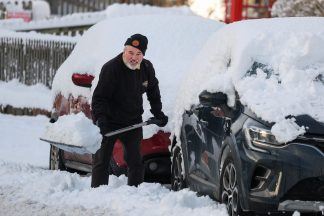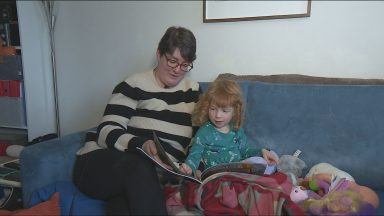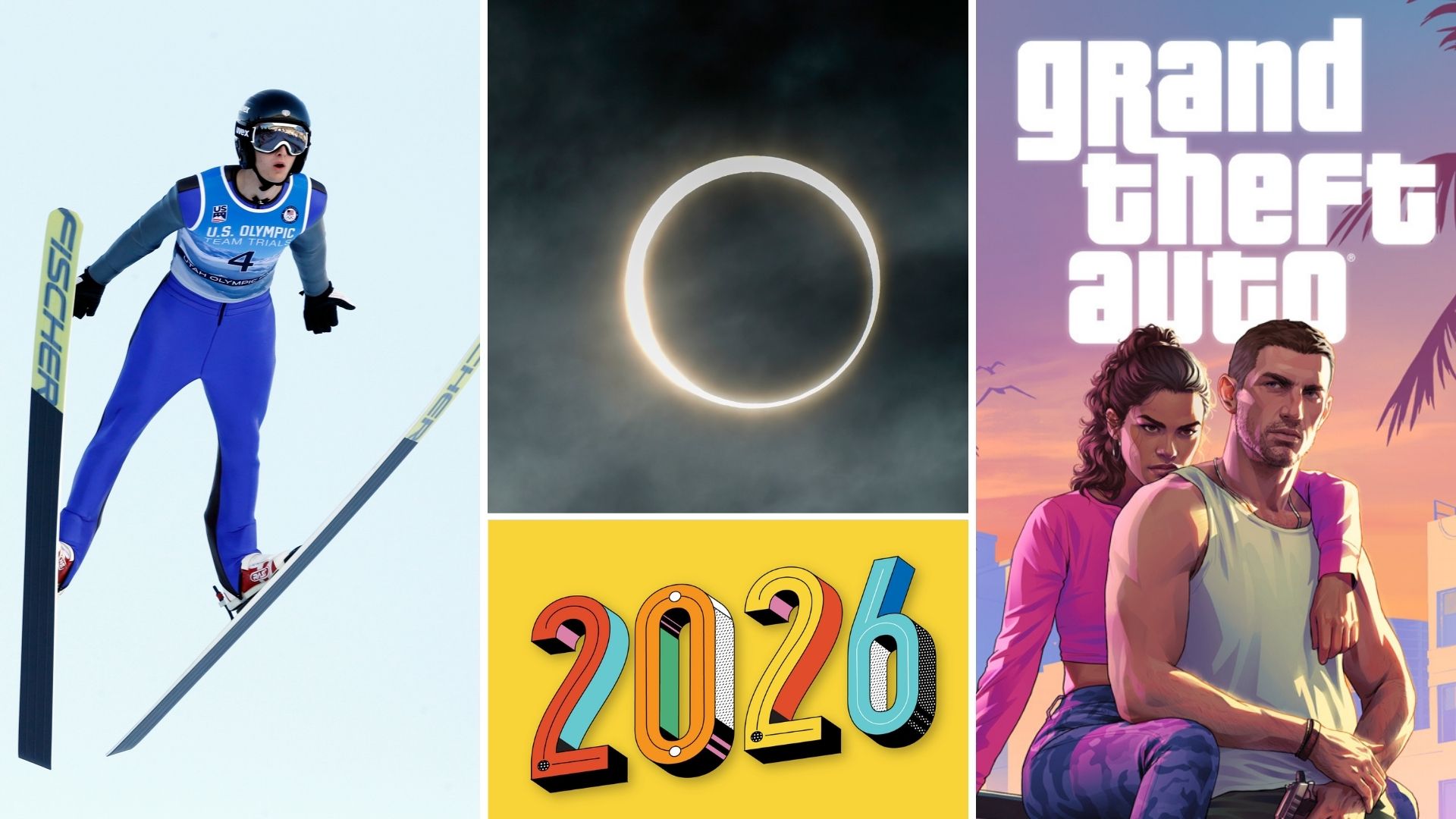Audiences in Scotland are the biggest users of YouTube in the UK as younger viewers abandon traditional TV in favour of streaming, according to Ofcom.
The regulator’s annual study into the nation’s media habits found that people in Scotland spent an average of five hours and four minutes per day watching TV and video content at home in 2024.
While broadcast still accounts for 56% of viewing, streaming continues to rise – with YouTube now the second most-watched service in Scotland, behind BBC and ahead of STV/ITV1.
Young adults are driving this shift. In 2024, people aged 16–24 watched just 33 minutes of broadcast TV per day, down from 41 minutes the year before. In contrast, adults aged 65+ watched an average of 344 minutes per day, highlighting a clear generational divide.
Netflix remains the most popular subscription service, with 63% of Scottish households subscribed, and four of the nation’s top ten most-watched shows or films last year.
 iStock
iStockYouTube is leading the charge in the streaming takeover of TV, with nearly half of all viewing of the service in the home coming via the TV set in 2024.
Three in five Scots aged 4+ use the platform each week, spending an average of 44 minutes per day on it – 20 minutes of that on their household TV. Among younger adults (16–34), usage is even higher, with two-thirds accessing YouTube weekly.
But it’s not just Gen Z and Alpha driving this trend. Across all age groups (aged 4+), three in five people in Scotland are using YouTube each week, demonstrating the popularity of the service across generations.
The content audiences are watching on YouTube has evolved too. The most popular content viewed on YouTube by adults and teenagers in Scotland was short videos under 15 minutes, while one in five (21%) reported watching full-length programmes or films on YouTube – a higher proportion than any of the UK’s other nations.
Some broadcasters are increasingly offering their own programmes on YouTube, for example ITV and Channel 4 make full-length programming available on their channels, allowing them to retain control over adverts.
Ofcom has identified these sorts of partnerships as critical to sustain the future of public service media in its recent report, Transmission Critical.
 iStock
iStockGlenn Preston, Ofcom’s Scotland director, said: “Scotland’s television viewers are increasingly moving away from scheduled and linear television.
“Though public service broadcasters continue to serve audiences well – particularly for shared viewing moments – streaming platforms like Netflix are well and truly established in Scottish homes, with the platform having four out of ten of Scotland’s most watched programmes or films in 2024 – as many as the BBC.
“Coupled with the growing popularity of short-form content on video-sharing platforms like YouTube, public service broadcasters will need to continue their work to meet their viewers in these online spaces where they spend an increasing amount of their time to ensure they can survive and continue producing content of value to audiences.”
Despite this shift, broadcasters still play a crucial role in uniting audiences for major TV moments. BBC and STV/ITV claimed four of the five most-watched shows in Scotland last year.
STV News at Six also retained its position as the most-watched news programme in Scotland for the sixth year running, with an average audience of 324,000 and a 30% share.
Scotland’s match against Switzerland at Euro 2024 (1.34 million) was the most watched programme in Scotland overall last year, followed by Gavin and Stacey: The Finale (1.26 million). The film Trolls (1.17 million), streamed on Netflix, came in third. The first episode of Mr Bates vs. the Post Office (1.09 million) on STV/ITV1 and Wallace and Gromit: Vengeance Most Fowl (1.03 million) rounded out the top five.
Follow STV News on WhatsApp
Scan the QR code on your mobile device for all the latest news from around the country


 Adobe Stock
Adobe Stock

























